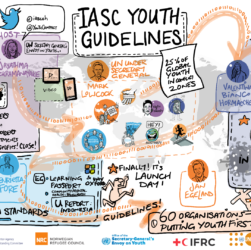The United Nations Charter for the Rights of the Child is a significant achievement in the global effort to protect and promote children’s rights. Adopted by the United Nations General Assembly on November 20, 1989, the Charter is a legally binding agreement that sets out the fundamental rights of every child, regardless of race, gender, ethnicity, or social status.





